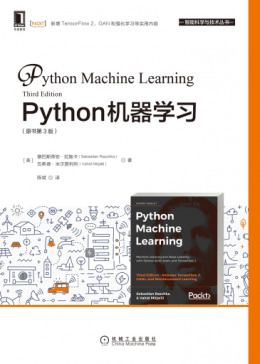给大家整理一篇python相关的编程文章,网友羿华灿根据主题投稿了本篇教程内容,涉及到python相关内容,已被334网友关注,内容中涉及的知识点可以在下方直接下载获取。
1、需求
我们想要实现一个队列,它能够以给定的优先级来对元素排序,且每次pop操作时都会返回优先级最高的那个元素2、解决方案
利用heapq模块实现代码:
import heapq
#利用heapq实现一个简答的优先级队列
class PriorityQueue:
def __init__(self):
self._queue=[]
self._index=0
def push(self,item,priority):
heapq.heappush(self._queue,(-priority,self._index,item))
self._index+=1
def pop(self):
return heapq.heappop(self._queue)[-1]
class Item:
def __init__(self,name):
self.name=name
def __repr__(self):
return 'Item({!r})'.format(self.name)
if __name__ == '__main__':
q=PriorityQueue()
q.push(Item('foo'),1)
q.push(Item('bar'),5)
q.push(Item('spam'),4)
q.push(Item('grok'),1)
print(q.pop())
print(q.pop())
#具有相同优先级的两个元素,返回的顺序同它们插入到队列时的顺序相同
print(q.pop())
print(q.pop())
运行结果:
Item('bar')
Item('spam')
Item('foo')
Item('grok')
上面代码中,队列以元组(-priority ,index,item)的形式组成。把priority取负值是为了让队列能够按照元素的优先级从高到底的顺序排列。
变量index的作用是为了将具有相同优先级的元素以适当的顺序排列。通过维护一个不断递增的索引,元素将以它们如队列时的顺序来排列。为了说明index的作用,看下面实例:
代码:
class Item:
def __init__(self,name):
self.name=name
def __repr__(self):
return 'Item({!r})'.format(self.name)
if __name__ == '__main__':
a=(1,Item('foo'))
b=(5,Item('bar'))
#下面一句打印True
print(a<b)
c=(1,Item('grok'))
#下面一句会报错:TypeError: '<' not supported between instances of 'Item' and 'Item'
print(c<a)
d=(1,0,Item('foo'))
e=(5,1,Item('bar'))
f=(1,2,Item('grok'))
#下面一句打印True
print(d<e)
#下面一句打印True
print(d<f)
以上就是python如何实现优先级队列(附代码)的详细内容,更多请关注码农之家其它相关文章!













